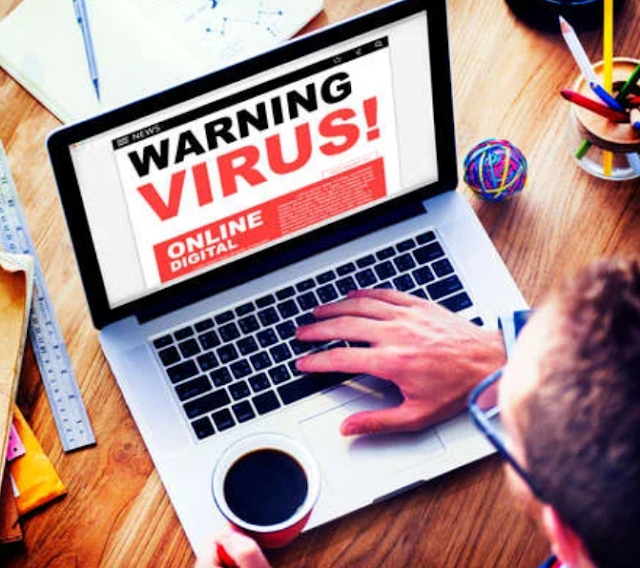Removing Viruses and Malware from Your Computer: Step-by-Step Guide
Viruses and malware can wreak havoc on your computer, compromising your privacy and security. It's crucial to remove them promptly to protect your data and ensure the smooth operation of your system. Follow these steps to remove viruses and malware from your computer:
Disconnect from the internet:
Unplug your computer from the network or disable your Wi-Fi connection. This prevents the virus or malware from spreading and accessing the internet for further damage.
Enter Safe Mode:
Restart your computer and press the appropriate key (usually F8 or Del) during the startup process to enter Safe Mode. Safe Mode loads a minimal set of drivers and processes, making it easier to detect and remove malware.
Update your antivirus software:
Ensure that your antivirus software is up to date with the latest virus definitions. If you don't have antivirus software installed, download a reputable antivirus program and install it on your computer.
Perform a full system scan:
Run a full system scan using your antivirus software. Allow the software to scan your entire computer, including all files and folders, for any malicious software. If any threats are detected, follow the prompts to remove or quarantine them.
Use anti-malware software:
Consider using dedicated anti-malware software in addition to your antivirus program. Anti-malware tools can detect and remove different types of malware that may not be caught by traditional antivirus software.
Delete temporary files:
Use the Disk Cleanup utility or a third-party cleanup tool to remove temporary files and clear your computer's cache. This can help eliminate any infected files that may be stored in temporary folders.
Update your operating system and software:
Ensure that your operating system and all installed software are up to date with the latest security patches. Regular updates help fix vulnerabilities that could be exploited by viruses and malware.
Remove suspicious programs:
Go to the Control Panel and uninstall any suspicious or unfamiliar programs from your computer. Pay attention to recently installed or unfamiliar software that may have been bundled with other programs.
Clear browser cache and reset settings:
Viruses and malware can affect your web browser settings. Clear your browser cache, delete cookies, and reset your browser settings to their default values. This can help remove any malicious extensions or settings.
Change your passwords:
If you suspect that your computer has been infected with malware, it's wise to change your passwords for online accounts to prevent unauthorized access.
Educate yourself on safe browsing habits:
Prevent future infections by educating yourself on safe browsing habits. Avoid clicking on suspicious links or downloading files from unknown sources. Be cautious of phishing emails and only download software from reputable sources.
Enable a firewall:
Ensure that your computer's firewall is enabled. A firewall acts as a barrier between your computer and the internet, monitoring and controlling incoming and outgoing network traffic.
Enable automatic updates:
Enable automatic updates for your operating system and antivirus software. This ensures that you always have the latest security patches and virus definitions.
Back up your data:
Regularly back up your important files and data to an external storage device or cloud-based backup service. In case of a severe malware infection, you can restore your data without losing valuable information.
Seek professional help if needed:
If you are unable to remove the virus or malware on your own, consider seeking assistance from a professional computer technician or an IT support service.
By following these steps, you can effectively remove viruses and malware from your computer and restore its security and performance. Remember to practice safe browsing habits and regularly update your security software to prevent future infections












